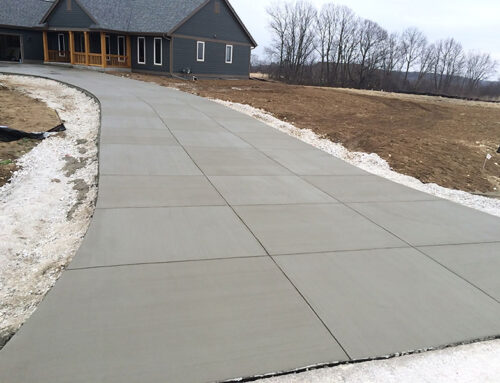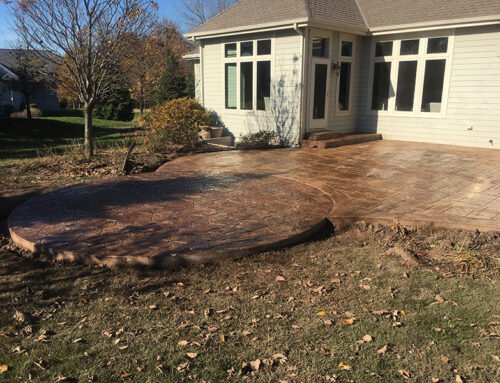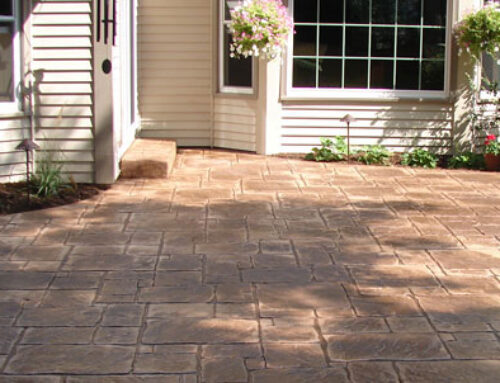When it comes to your home, you only want the best. This is precisely why you may consider making repairs or renovations to increase the value of your home.
Imagine that you found the perfect construction company to create your dream concrete walkway. They are nearing the end of the project and you notice that they are spraying the surface of your walkway with a water-like substance. It’s likely that you are seeing the concrete curing process, which is essential in ensuring that concrete reaches its highest durability and strength.
What Is Concrete Curing?
Concrete curing is the process of maintaining an adequate amount of moisture and temperature to ensure that the cement can hydrate and grow into its full potential. While most of the time there is moisture inside of concrete, the surface needs to be wet, otherwise it might be at risk.
Dry concrete can result in low strength at the surface. It can also have higher permeability that makes it increasingly prone to deterioration and damage down the line.
How Is Curing Done?
Curing is commonly conducted after it has been placed in a position that allows for the hydration of the cement to happen. The amount of time spent on curing can depend on a number of factors, including:
- Weather conditions
- Mixture proportions
- Specified strength
There are two ways to cure a concrete surface: Keep it damp or prevent it from drying out. This may seem simple, however, there are multiple routes that you can take.
One of the most common ways for curing concrete is to hose it down frequently with water. A few other systems to keep concrete wet include:
- Curing compounds. These are liquids usually sprayed directly onto concrete surfaces. They are a cost-effective and efficient way of curing concrete. When dried, they form an impermeable membrane that hinders the loss of moisture from the concrete.
- Sprinkling. A spray can provide additional moisture and helps reduce the temperature of the concrete during hot weather. However, because it requires a high-quality water supply, it can sometimes be wasteful. You may also need a drainage system to handle the runoff.
- Plastic sheeting. Plastic sheets form a protective barrier against the loss of water. This method is very effective and has the advantage of leaving no residue on the surface.
Why Is it Important?
Concrete curing is important for several different reasons:
- Improved durability. With time, cured concrete can better withstand surface wear and abrasion. It also makes it more water resistant, which prevents chemicals and moisture from entering the concrete.
- Better serviceability and appearance. If concrete dries out too early, it will have a soft surface that is susceptible to wear and tear.
- Increased strength. Properly cured concrete allows a fair amount of moisture for hydration and development of resistance to abrasion, freezing, and scaling.
How Long Does Curing Concrete Take?
After finishing a concrete project, the surface must be kept consistently sealed or wet to prevent evaporation for at least several days after its completion.
Slabs on the ground (such as parking lots, driveways, and floors) and structural concrete (such as retaining walls, bridge decks, and beams) typically require a minimum period of seven days of temperatures at about 40 degrees Fahrenheit.
Contact Us!
Are you looking to renovate or make repairs to your home? We can help you with all of your concrete needs! With locations throughout all of Southeastern Wisconsin, we can provide you with high-quality services at affordable rates. Contact us today for a FREE estimate. We’d love to discuss your ideas and goals for your next home project!





